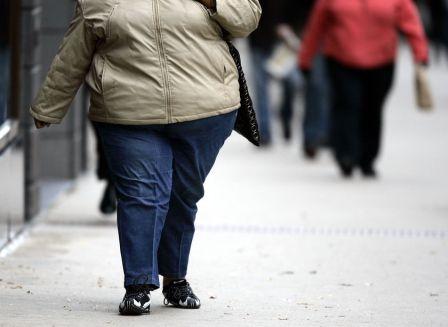Valentine’s Day is just weeks away, which means only one thing to many lovers: Time to bust out the chocolate! With all the recent media hype about the health benefits of this sweet concoction, many chocoholics are rejoicing. But can that solid chocolate heart from your sweetheart really be good for your ticker?
Health Benefits. Chocolate is made from cacao beans, which contain flavonoids,the same kind of beneficial plant compounds found in fruits, veggies, red wine and green tea. Research suggests that these flavonoids may have a positive effect on the cardiovascular system and may reduce the risk of heart disease and certain cancers. Other studies have linked chocolate consumption to reduced blood pressure, enhanced blood vessel function and improved cholesterol levels.
Cautionary Caveats. It should be noted that these protective health effects have been seen primarily with dark (not milk) chocolate, as dark varieties tend to have a higher proportion of flavonoids. The way chocolate is processed can also affect how much flavonoid content is retained. Finally, it is essential to remember that all chocolate contains high levels of fat and calories. The fat in chocolate can account for 50%–75% of its total calories, most of that being saturated fat from cocoa butter.
Comparing Varieties. Unsweetened cocoa contains 66 calories with 3.9 g of fat; baking chocolate weighs in at 142 calories with 14.1 g of fat; sweet dark chocolate has 143 calories with 9.7 g fat; semisweet chocolate yields 136 calories with 8.5 g of fat; milk chocolate packs 152 calories with 8.4 g of fat; and white chocolate yields a whopping 162 calories with 9.1 g of fat!
Choosing Wisely. Although some manufacturers have begun to list the candy’s cocoa content, even dark-chocolate lovers are mostly in the dark when it comes to picking the brands with high flavonoid levels. That’s why experts warn that chocolate should be consumed in moderation, as part of a healthy, varied diet. Eating any food in excess of caloric needs will result in weight gain.






